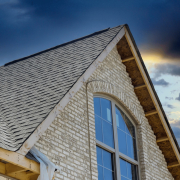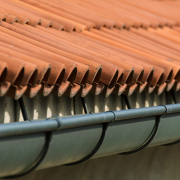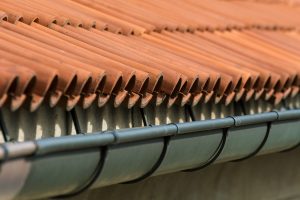3 Tab vs Architectural Shingles: Which is Best for Your Roof?
Stuck between 3 tab vs architectural shingles? We’ll compare their differences to help you choose the best option for your roof.
Key Takeaways
-
Architectural shingles offer superior durability, better wind resistance, and enhanced aesthetic appeal compared to more budget-friendly 3-tab shingles.
-
While 3-tab shingles are cost-effective and easier to install, they typically have a shorter lifespan and may require more frequent maintenance and replacements.
-
The choice between 3-tab and architectural shingles should be based on factors such as budget, climate, aesthetic preferences, and long-term value, with architectural shingles generally recommended for their extended lifespan and performance.
3 Tab vs Architectural Shingles: Which is Best for Your Roof?
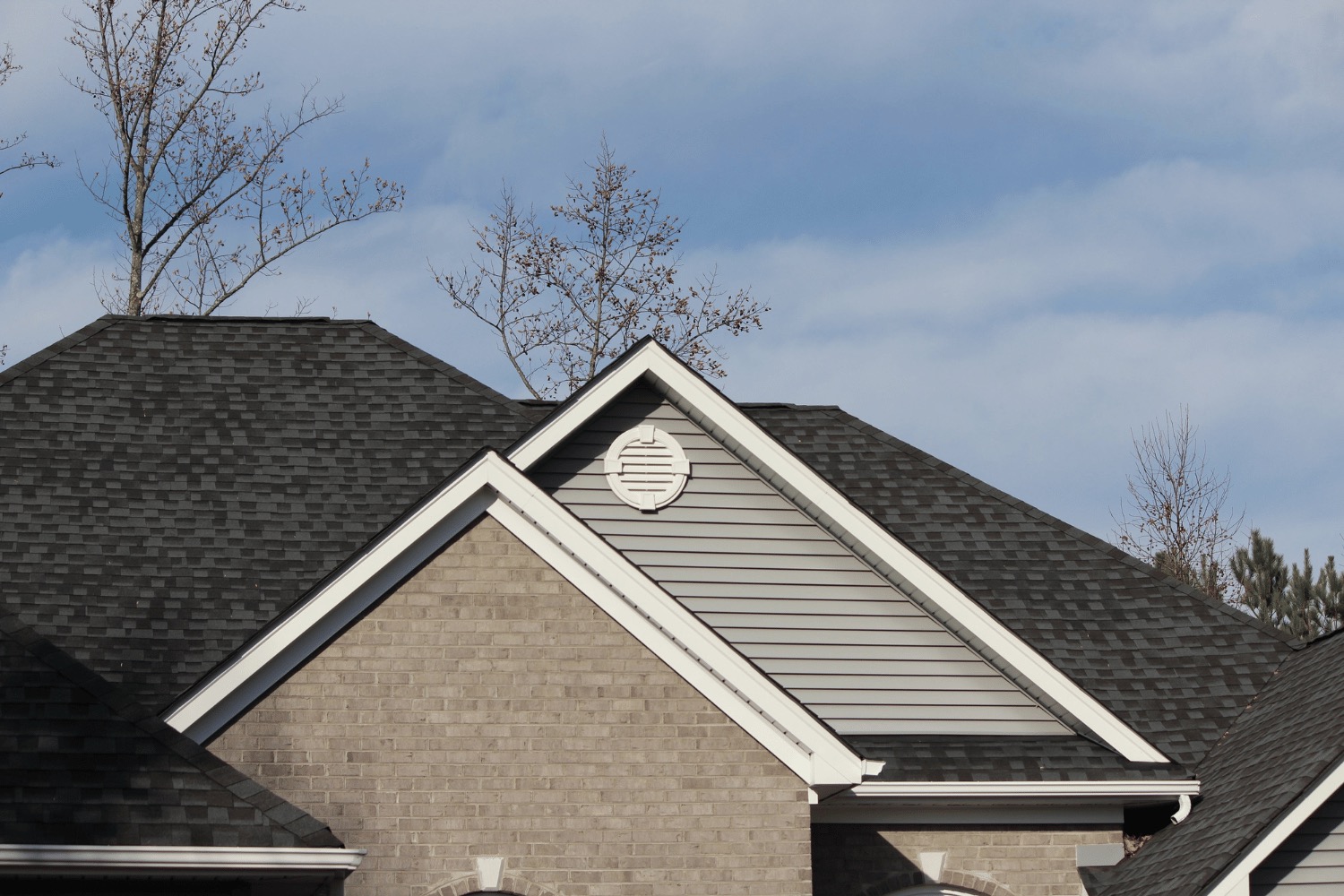
When it comes to asphalt shingles, the main choices are 3-tab shingles and architectural shingles. The debate over which is better has been ongoing in the US, with homeowners and roofing experts weighing in on the pros and cons of each option. Grasping the disparities between these two types of shingles is paramount for a knowledgeable decision on your roofing project.
3-tab shingles are composed of a fiberglass base, coated with asphalt and ceramic granules, and are known for their flat, uniform appearance with three tabs on each strip. They are typically less expensive to install but may require more frequent repairs and replacements compared to architectural shingles.
On the other hand, architectural shingles, also known as laminate or dimensional shingles, are made from higher-quality materials, resulting in a thicker, sturdier product.
Choosing between architectural shingles and 3-tab shingles often depends on the specific needs of your home, its location, and your overall situation.
Here are some factors to consider when making your decision:
-
Architectural shingles are generally more durable and can withstand harsh weather conditions better than 3-tab shingles.
-
Architectural shingles have a more dimensional and aesthetically pleasing appearance compared to the flatter look of 3-tab shingles.
-
3-tab shingles are typically more budget-friendly and can be a good option for those with financial constraints.
-
If you live in an area with high winds or frequent storms, architectural shingles may be a better choice due to their higher wind resistance.
Ultimately, the decision comes down to weighing the benefits and drawbacks of each shingle type to determine which best suits your roofing needs.
Introduction
The right roofing material can significantly enhance your home’s curb appeal and energy efficiency. Different roofing materials offer varying levels of durability, impacting the roof’s lifespan and performance. Comprehending the advantages and disadvantages of various roofing options, including other roofing materials, is key to making a decision that fits your needs and expectations.
Roofing materials have evolved over time, enhancing their construction quality and performance. Today, the main choices when exploring asphalt shingles are 3-tab shingles and architectural shingles. The ongoing debate between these two options highlights the importance of considering factors such as curb appeal, wind resistance, warranties, lifespan, and cost. Whether you are looking for a cost-effective solution or a long-lasting, aesthetically pleasing roof, understanding the differences between these shingles will help you make the best decision for your home.
Understanding 3 Tab Shingles
Three tab shingles, also known as 3-tab shingles, are a popular choice among homeowners due to their cost-effectiveness and straightforward design. These asphalt shingles lay flat and feature three tabs on each shingle strip, giving them a uniform appearance. Composed of asphalt, adhesive, and an outer layer of ceramic granules over a fiberglass backing, 3-tab shingles are an economical option for those looking to save on their roofing project.
3-tab shingles may be less expensive to install, but they often require more frequent repairs and replacements compared to architectural shingles. As a result, architectural shingles may offer cost savings in the long run. When designing a new asphalt shingle roof, it’s vital to comprehend the traits and makeup of 3-tab shingles to ascertain if they fulfill your particular needs.
Advantages of 3 Tab Shingles
One of the primary advantages of 3-tab shingles is their cost-effectiveness, making them an attractive option for budget-conscious homeowners. Their lightweight and thin material composition contributes to ease of installation, saving time and labor costs. In mild climates, where extreme weather conditions are less of a concern, 3-tab shingles offer a practical and economical roofing solution.
For those looking to complete a roofing project without breaking the bank, 3-tab shingles provide an affordable option that still offers reliable protection and performance. Some benefits of 3-tab shingles include:
-
Affordable price
-
Easy installation
-
Reliable protection
-
Popular choice for many homeowners
Disadvantages of 3 Tab Shingles
Despite their affordability, 3-tab shingles come with several disadvantages. They have a shorter lifespan compared to architectural shingles, which can be a significant drawback for homeowners looking for a long-term roofing solution. Additionally, 3-tab shingles are generally rated to withstand winds up to 60 miles per hour, making them less suitable for windy climates.
Another limitation of 3-tab shingles is their design options. They are available in one shape and size, with a flat complexity, limiting their aesthetic appeal. For homeowners seeking a more visually interesting roof, the limited design options of 3-tab shingles may be a disadvantage.
Exploring Architectural Shingles
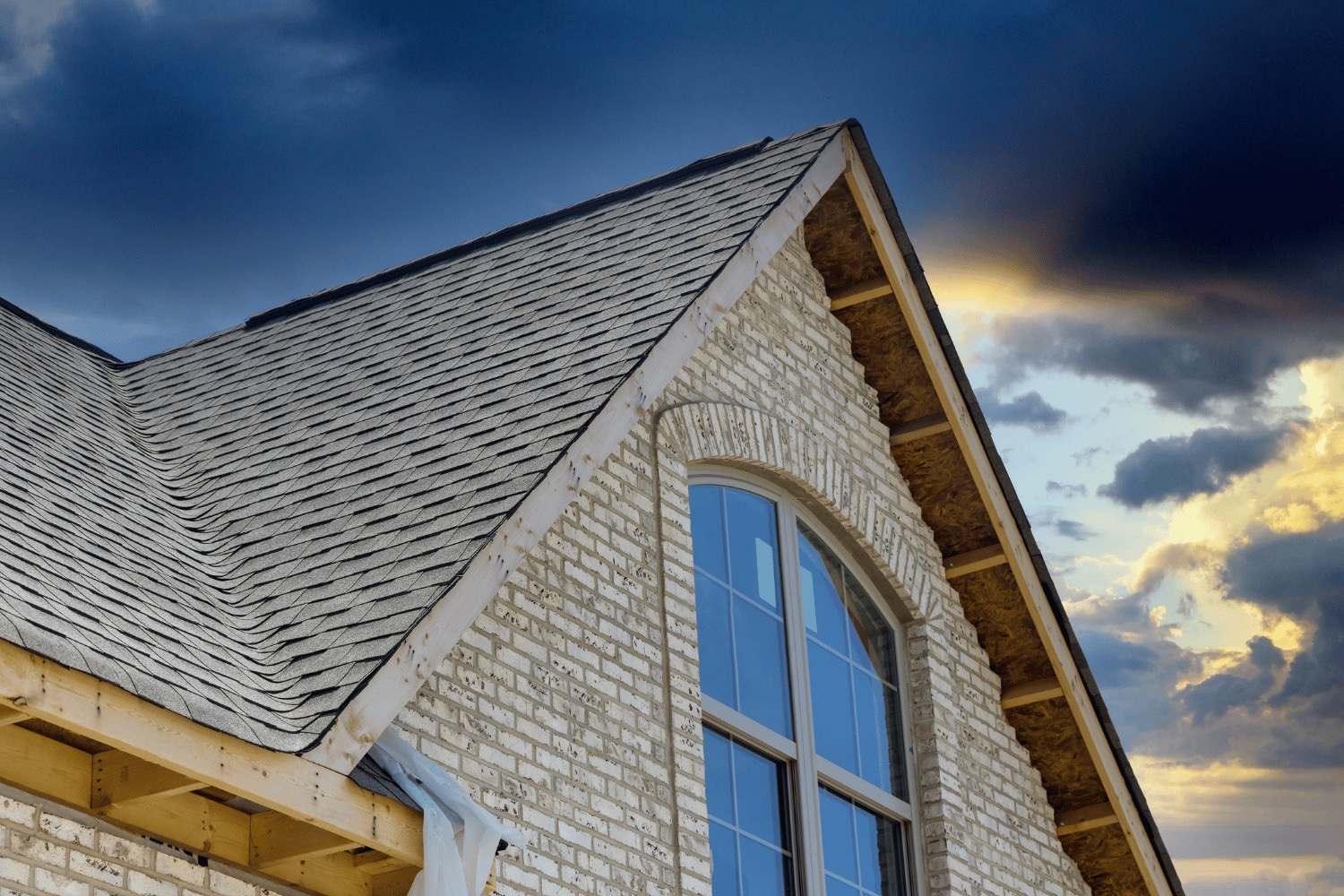
Architectural shingles, also known as laminate or dimensional shingles, are a popular choice for homeowners seeking a more durable and aesthetically pleasing roofing option. They offer the following benefits:
-
Made from higher-quality materials
-
Feature a heavy fiberglass mat base
-
Multiple layers bonded with adhesive
-
Ceramic-coated mineral granules embedded in water-resistant asphalt
-
Thicker and sturdier construction
-
Enhanced performance and longevity
Architectural shingles have several advantages over 3-tab shingles:
-
They use stronger adhesives and have more packed and finer external granules, contributing to their superior durability.
-
They are about 50 percent heavier, adding to their robustness and ability to withstand harsh weather conditions.
-
These shingles often mimic the looks of slate or cedar wood shakes, adding to their aesthetic appeal.
Benefits of Architectural Shingles
Architectural shingles offer several benefits, making them a preferred choice for many homeowners. Their enhanced durability and water resistance are significant advantages, thanks to the tightly packed granules and laminated construction. The contoured design helps slow water off the roof, preventing gutters from being overwhelmed.
Furthermore, architectural shingles can mimic the appearance of more expensive materials like wood or slate, enhancing curb appeal and adding value to your home. Their ability to cover minor imperfections in the roof deck due to their thickness and dimensional design is another benefit that makes them a popular choice for roof replacements.
Drawbacks of Architectural Shingles
Despite their numerous benefits, architectural shingles also have some drawbacks. One of the main disadvantages is their higher cost compared to 3-tab shingles, making them a less budget-friendly option. The higher-quality materials used in their construction result in a thicker, sturdier, and heavier product, which may require additional structural support for the roof.
Architectural shingles can also be damaged by severe weather and debris, and repairing them can be more expensive than repairing 3-tab shingles due to their higher cost. Homeowners need to weigh these factors when deciding whether architectural shingles are the right choice for their roofing project.
Comparing Durability and Longevity
When it comes to durability and longevity, architectural shingles outperform 3-tab shingles. Regular 3-tab shingles can last anywhere from 10 to 25 years, depending on maintenance and climatic conditions. In contrast, architectural shingles generally have a longer lifespan, averaging about 18 to 20 years, and can last up to 50 years with proper maintenance.
The primary distinctions in lifespan stem from the superior quality materials and construction of architectural shingles. These shingles typically use stronger and higher quality materials, contributing to their enhanced durability and weather resistance. The extra weight of architectural shingles also adds to their increased durability and longevity.
Wind and Weather Resistance
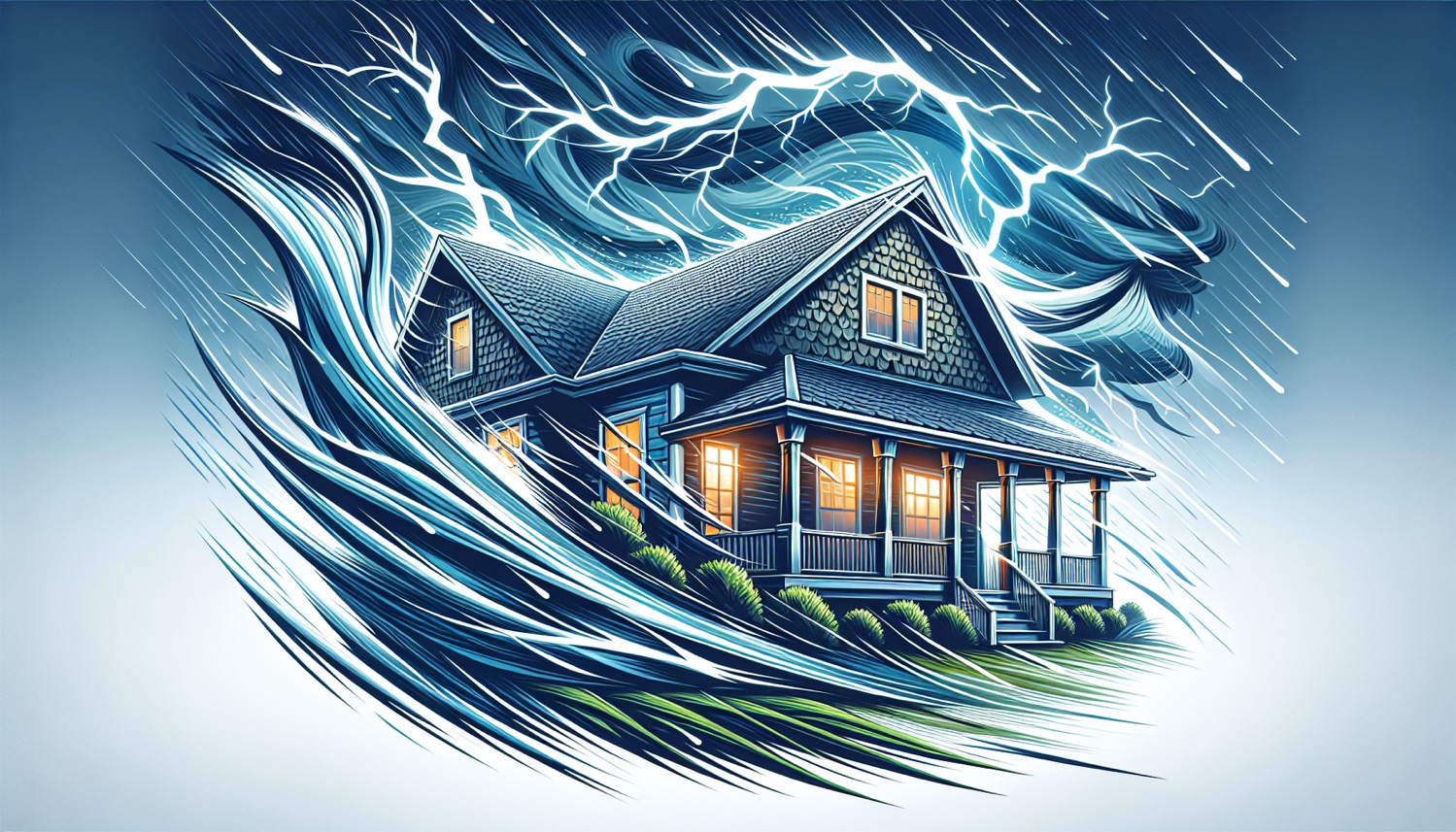
Architectural shingles provide superior wind and weather resistance compared to 3-tab shingles. 3-tab shingles can typically withstand wind speeds of up to 60-70 mph. In contrast, architectural shingles generally have higher wind resistance, capable of withstanding wind speeds between 80 and 120 mph, with some specialized installations reaching up to 130 mph.
Various elements contribute to the enhanced wind resistance and water resistance of architectural shingles, including:
-
Thickness
-
Composition
-
Laminated construction
-
Tightly packed granules
In regions with severe weather, architectural shingles are recommended for their superior durability and ability to protect the home.
Aesthetic Differences
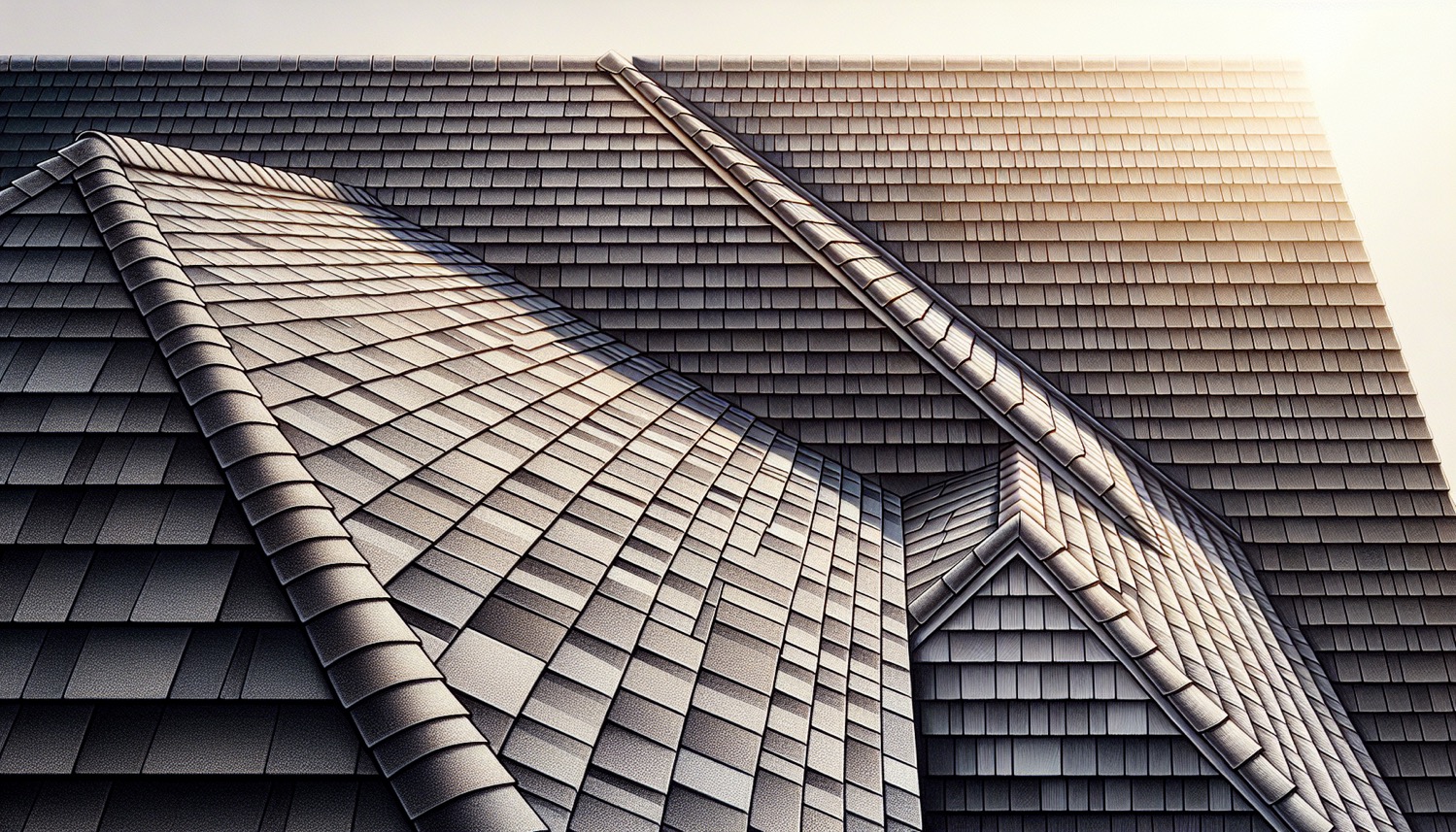
Aesthetic differences between 3-tab and architectural shingles are significant. 3-tab shingles tend to have a flat and one-dimensional look, which may not be as visually appealing as architectural shingles. The multi-layered construction of architectural shingles creates shadows and depth, adding dimension to the roof that 3-tab shingles do not provide.
3-tab shingles are available in a variety of colors and styles, with over 30 color options. However, architectural shingles offer even more customization in colors, textures, shading, and shapes. They can also mimic the appearance of more expensive roofing materials like tile or wood, adding to the home’s upscale appearance.
Cost Considerations
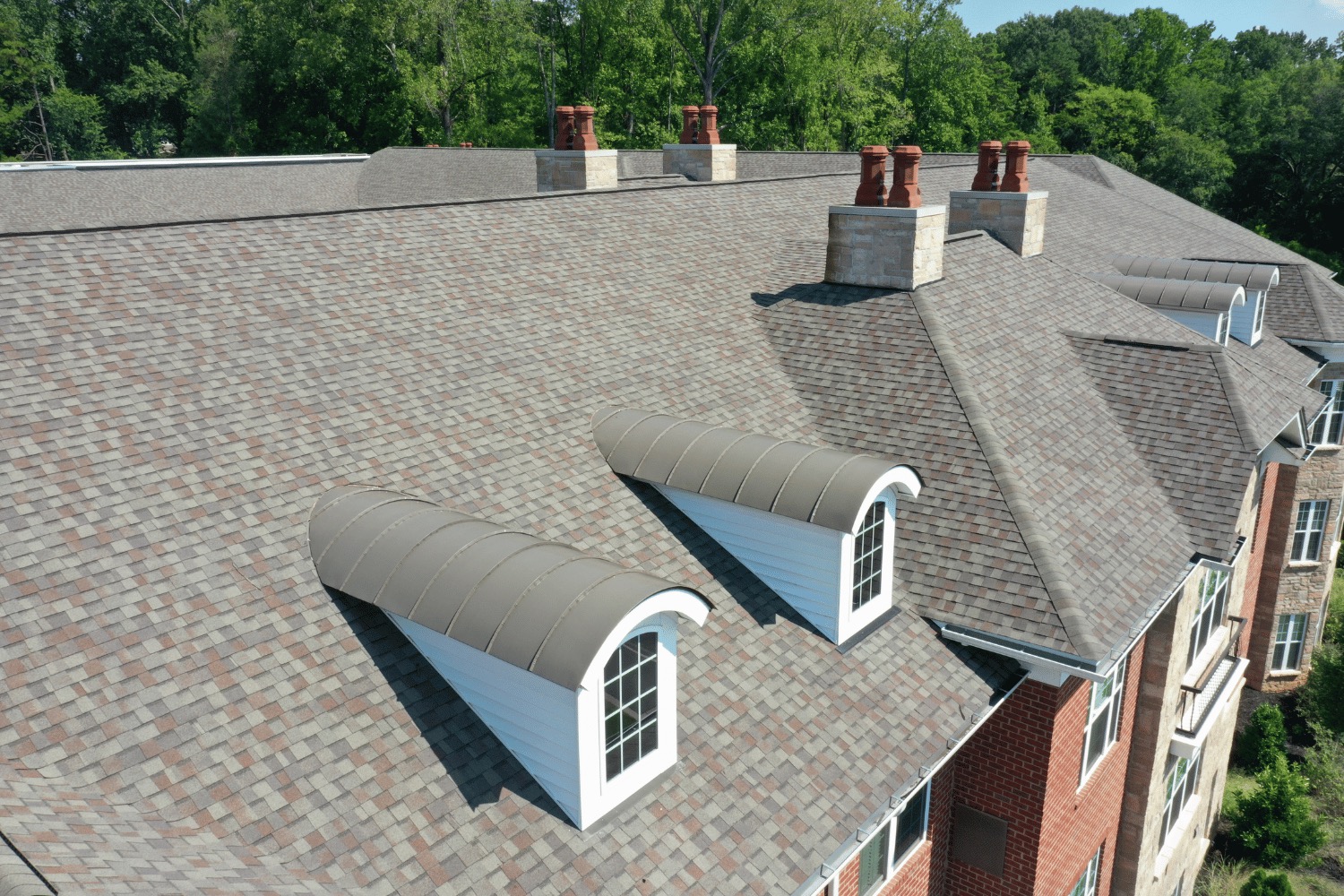
Architectural shingles are usually priced higher than 3-tab shingles when considering the cost. The difference in cost reflects the variation in quality and performance between the two types. Architectural shingles generally cost about 25% more than 3-tab shingles. For homeowners on a tight budget, 3-tab shingles are usually chosen due to their lower cost. The cost of a 3-tab shingle roof is approximately $4.00 per square foot, while an architectural shingle roof costs around $5.86 per square foot.
3-tab shingles may have lower installation costs, but they typically require earlier repairs and replacements compared to architectural shingles. This is due to their thinner composition and shorter lifespan. For those prioritizing budget, 3-tab shingles are typically cheaper, though they may not last as long.
When considering the architectural shingles cost, it’s important to note that architectural shingles typically are 20% to 50% more expensive but offer better long-term value due to their extended lifespan and durability.
Installation Process
The installation process for architectural shingles is generally easier compared to 3-tab shingles. Architectural shingles are easier to install, requiring fewer tools and less hassle. However, their extra weight can affect the ease of installation, requiring careful handling.
On the other hand, 3-tab shingles require precise alignment during installation to ensure a uniform appearance, which might require more time and precision, increasing labor costs. Guaranteeing correct installation is key for the performance and durability of the roofing materials, irrespective of the shingle type.
Warranty and Maintenance
Architectural shingles generally come with longer warranties compared to 3-tab shingles. While 3-tab shingles typically have warranties ranging from 20 to 30 years, lifespan architectural shingles often come with warranties of at least 30 years, with opportunities for longer periods, such as 50 years or even lifetime warranties in some cases.
In terms of maintenance, both 3-tab and architectural shingles require regular upkeep to maximize their lifespan. Usual maintenance suggestions encompass:
-
Twice-a-year roof inspections
-
Cleaning gutters and downspouts
-
Pruning tree branches
-
Eliminating debris
-
Sealing the flashing
-
Washing off dirt and algae
Proper maintenance ensures the durability and performance of your roofing materials, potentially delaying the need for a roof replacement over time.
Choosing the Right Shingle for Your Home
Choosing the right shingle for your home involves considering various factors, including personal preferences, budget, and specific situational needs. Investment in top-notch roofing materials is advised to steer clear of forthcoming expenditures on repairs and replacements. In mild climates, 3-tab shingles can last between 12 to 15 years, though this is shorter compared to the lifespan of architectural shingles.
For homeowners seeking a more aesthetically pleasing and long-lasting roofing option, architectural shingles are often the preferred choice due to their higher quality and broader color range. To choose architectural shingles for your home, consider scheduling a free roof inspection. Waddle Exteriors offers complimentary consultations and estimates to assist in the decision-making process.
Why Waddle Exteriors Recommends Architectural Shingles
Waddle Exteriors advocates for architectural shingles due to their bolstered durability and preeminent quality in comparison to standard shingles. Emphasizing the use of high-quality materials for roof installations, Waddle Exteriors collaborates with General Aniline & Film, a leading US manufacturer of roofing materials, to ensure superior quality for their customers.
Waddle Exteriors prides itself on providing the best customer service possible, with a customer satisfaction rating of 4.9 out of 5 based on 465 reviews. Their commitment to customer satisfaction and use of high-quality products make architectural shingles the recommended choice for homeowners seeking a reliable and aesthetically pleasing roofing solution.
Summary
In summary, the choice between 3-tab and architectural shingles depends on various factors, including budget, aesthetic preferences, and specific situational needs. While 3-tab shingles offer a cost-effective solution with ease of installation, they have a shorter lifespan and lower wind resistance. On the other hand, architectural shingles provide enhanced durability, superior wind and weather resistance, and a more visually appealing appearance, albeit at a higher cost.
For homeowners looking for a long-term roofing solution that combines durability, aesthetics, and performance, architectural shingles are the recommended choice. Waddle Exteriors stands by this recommendation, offering high-quality installations and exceptional customer service. Choose the roofing material that best suits your needs and enjoy the peace of mind that comes with a well-protected and visually appealing home.
Frequently Asked Questions
How long do 3-tab shingles typically last?
3-tab shingles typically last anywhere from 10 to 25 years, depending on maintenance and climate. So, their lifespan can vary based on these factors.
What are the main differences between 3-tab and architectural shingles?
Architectural shingles are more durable, longer-lasting, and offer a more dimensional appearance compared to 3-tab shingles. Consider architectural shingles for better longevity and aesthetics.
Are architectural shingles worth the higher cost?
Yes, architectural shingles are worth the higher cost because of their enhanced durability, longer lifespan, and superior aesthetic appeal.
What maintenance is required for both 3-tab and architectural shingles?
Regular maintenance for both 3-tab and architectural shingles includes biannual roof inspections, gutter and downspout clearing, tree branch trimming, debris removal, flashing sealing, and dirt and algae cleaning. These tasks will help ensure the longevity and effectiveness of your roof.
Why does Waddle Exteriors recommend architectural shingles?
Waddle Exteriors recommends architectural shingles due to their enhanced durability and superior quality, ensuring high customer satisfaction through collaboration with General Aniline & Film.

